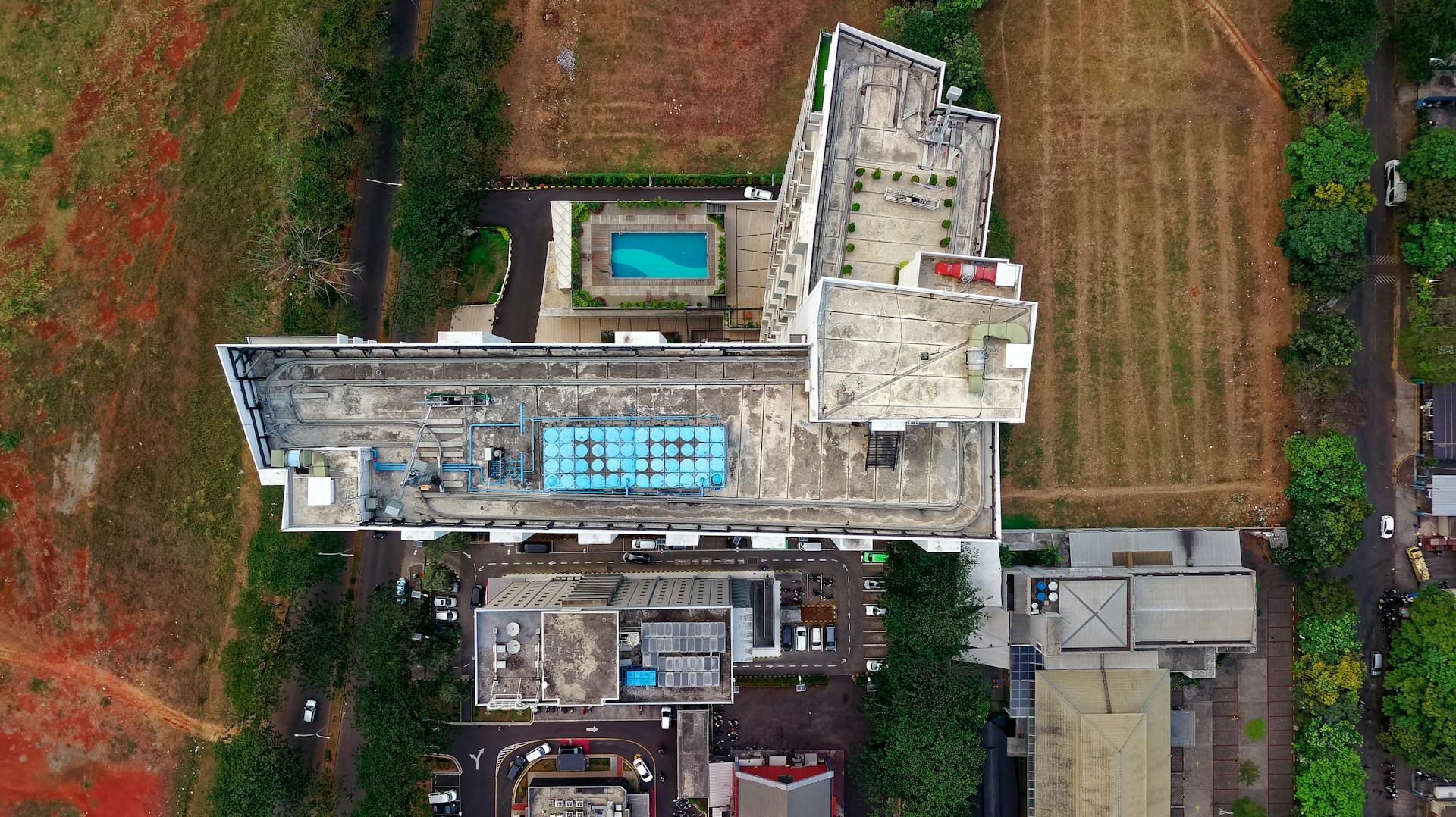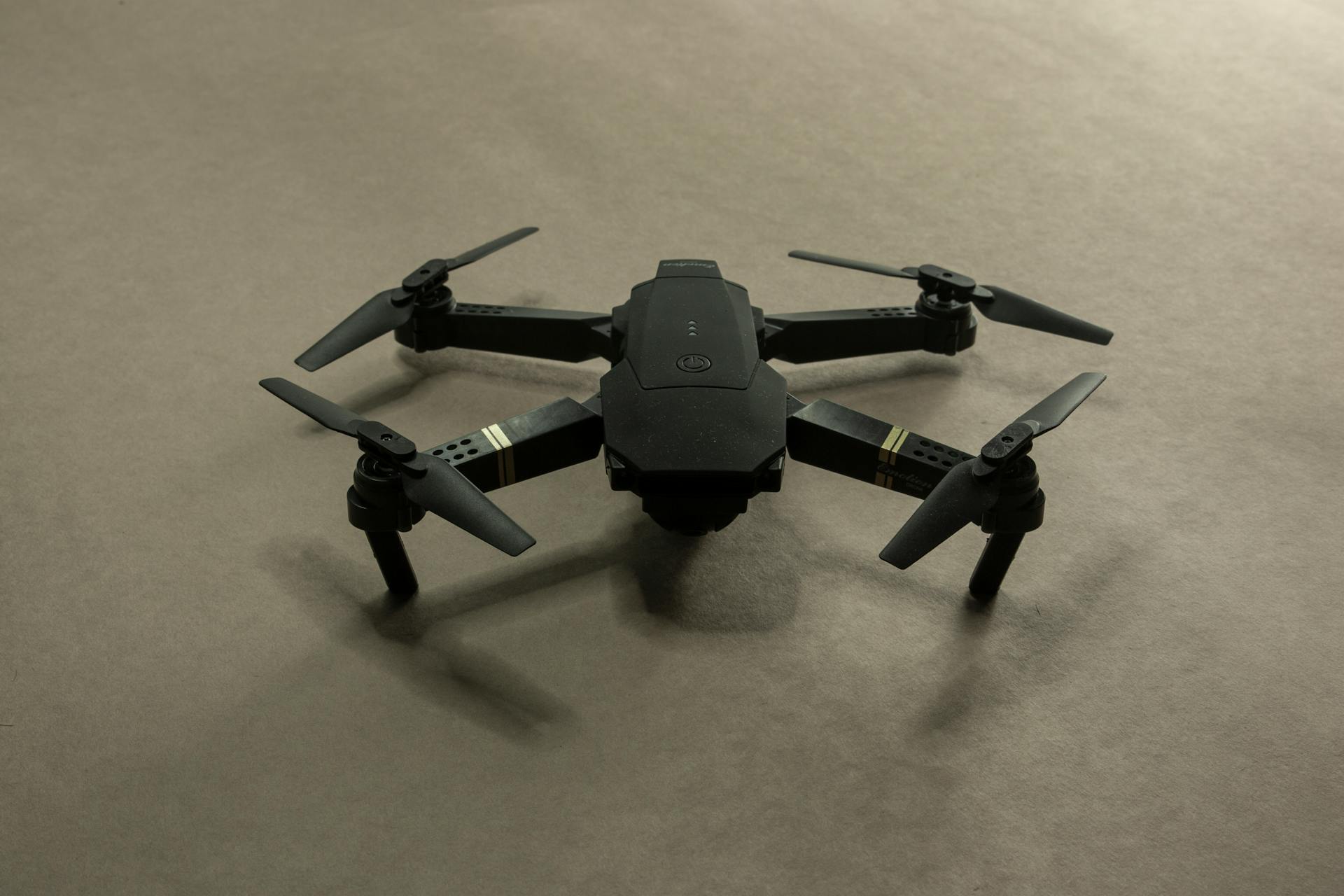
The evolution of predator drone aircraft in modern warfare has been a remarkable journey. The first MQ-1 Predator drone was developed in the 1990s by General Atomics Aeronautical Systems.
Initially, these drones were used for reconnaissance and surveillance missions, but they quickly proved to be valuable assets in combat zones. Their ability to gather intelligence and conduct precision strikes made them a game-changer on the battlefield.
The MQ-1's successor, the MQ-9 Reaper, was introduced in 2007 with improved capabilities and a more powerful engine. This allowed for longer mission durations and increased payload capacity.
The Reaper's advanced sensors and precision-guided munitions made it a formidable force in modern warfare, capable of conducting a wide range of missions from close air support to intelligence gathering.
Suggestion: Ar Drone 1
Design and Capabilities
The MQ-9 Reaper Hunter/Killer UAV has an operational ceiling of 15,240m (50,000ft), making it a highly capable aircraft for precision airstrikes.
The MQ-9 Reaper can carry up to four Hellfire II anti-armour missiles and two laser-guided bombs (GBU-12 or EGBU-12), as well as a 226.8kg (500lb) GBU-38 JDAM (joint direct attack munition).
It's worth noting that the MQ-9 Reaper has a maximum internal payload of 362.8kg (800lb) and external payload exceeding 1,360.7kg (3,000lb).
The MQ-9 sensor payload can include the General Atomics Lynx SAR (synthetic aperture radar), which features ground moving target indicator technology.
In 2020, GA-ASI developed and demonstrated three expanded automatic take-off and landing capability (ATLC) improvements for the MQ-9A platform.
The MQ-9 Reaper can also be equipped with the Reaper Defense Electronic Support System (RDESS), which is a broad spectrum, passive electronic support measure (ESM) payload that can improve the aircraft's capability by collecting and geo-locating relevant signals from a stand-off distance.
Predator drones, on the other hand, have a more limited payload capacity, but are still highly capable aircraft.
The Predator air vehicle and sensors are controlled from the ground control station (GCS) via a C-band line-of-sight data link or a Ku-band satellite data link for beyond-line-of-sight operations.
The crew in the GCS typically consists of a pilot and two sensor operators, who use the aircraft's various sensors to gather intelligence and conduct missions.
The MQ-1 Predator is equipped with a laser designator that allows the pilot to identify targets for other aircraft and even provide the laser guidance for manned aircraft.
The longest declassified Predator flight as of 2011 lasted for 40 hours and 5 minutes, demonstrating the aircraft's endurance and reliability.
Check this out: Remote Drone Pilot
Operational History
The Predator drone aircraft has a significant operational history. As of March 2009, the U.S. Air Force had 195 MQ-1 Predators and 28 MQ-9 Reapers in operation.
Predators and Reapers were used extensively in Iraq and Afghanistan, firing missiles 244 times in 2007 and 2008. A report in March 2009 indicated that U.S. Air Force had lost 70 Predators in air crashes during its operational history.
The MQ-1 series accumulated over 1,000,000 flight hours since its first flight in July 1994, with a fleet fully mission capable rate over 90 percent.
Afghanistan
The MQ-1 Predator played a significant role in Afghanistan, serving as part of Operation Enduring Freedom. It achieved initial operating capability (IOC) in February 2005.
In 2007, the USAF first deployed the MQ-9 Reaper to Afghanistan for precision airstrikes. The MQ-9 Reaper flew its first operational mission in Iraq in July 2008, but its operational ceiling in Afghanistan was not specified.
The MQ-9 Reaper has an operational ceiling of 15,240m (50,000ft), a maximum internal payload of 362.8kg (800lb) and external payload exceeding 1,360.7kg (3,000lb). It can carry up to four Hellfire II anti-armour missiles and two laser-guided bombs (GBU-12 or EGBU-12).
The MQ-9 Reaper deployed to Romania in January 2021 to carry out intelligence, surveillance and reconnaissance (ISR) missions in support of Nato operations.
Syria
In Operation Inherent Resolve, armed MQ-1s were used against IS over Syria and Iraq.
The US MQ-1 was shot down by a Syrian government S-125 SAM battery on 17 March 2015.
This incident occurred when the MQ-1 overflew the port of Latakia, a region not involved in the international military operation.
Variants and Operators
The Predator drone aircraft has had several variants over the years, including the RQ-1A, which was a pre-production designation for the Predator system. This variant included four aircraft, a Ground Control Station (GCS), and a Predator Primary Satellite Link (PPSL).
The MQ-1A Predator was an early airframe capable of carrying ordnance, while the MQ-1B Predator was a later airframe with modified antenna fit and enlarged air intakes for the Rotax engine.
The MQ-1C Gray Eagle, developed for the U.S. Army, features an improved propulsion system and advanced datalinks, making it a more modernized and capable variant.
Here's a list of some of the notable operators of the Predator drone aircraft:
- Royal Moroccan Air Force
- Turkish Air Force
- United Arab Emirates Air Force
- United States Air Force (officially retired in 2018)
The Predator has also been licensed for sale to several countries, including Egypt, Morocco, Saudi Arabia, and UAE.
Operators
The Royal Moroccan Air Force was one of the first to receive the Predator A aircraft, with four units delivered. They're not the only ones with Predators, though – the Turkish Air Force has a significant number of them as well.
The Turkish Air Force has 6 MQ-1 Predators on order and also operates 3 MQ-1 Predator systems on lease from the US. This lease was a temporary measure to get them up and running until their own units arrived.
Explore further: Turkish Uav Drones
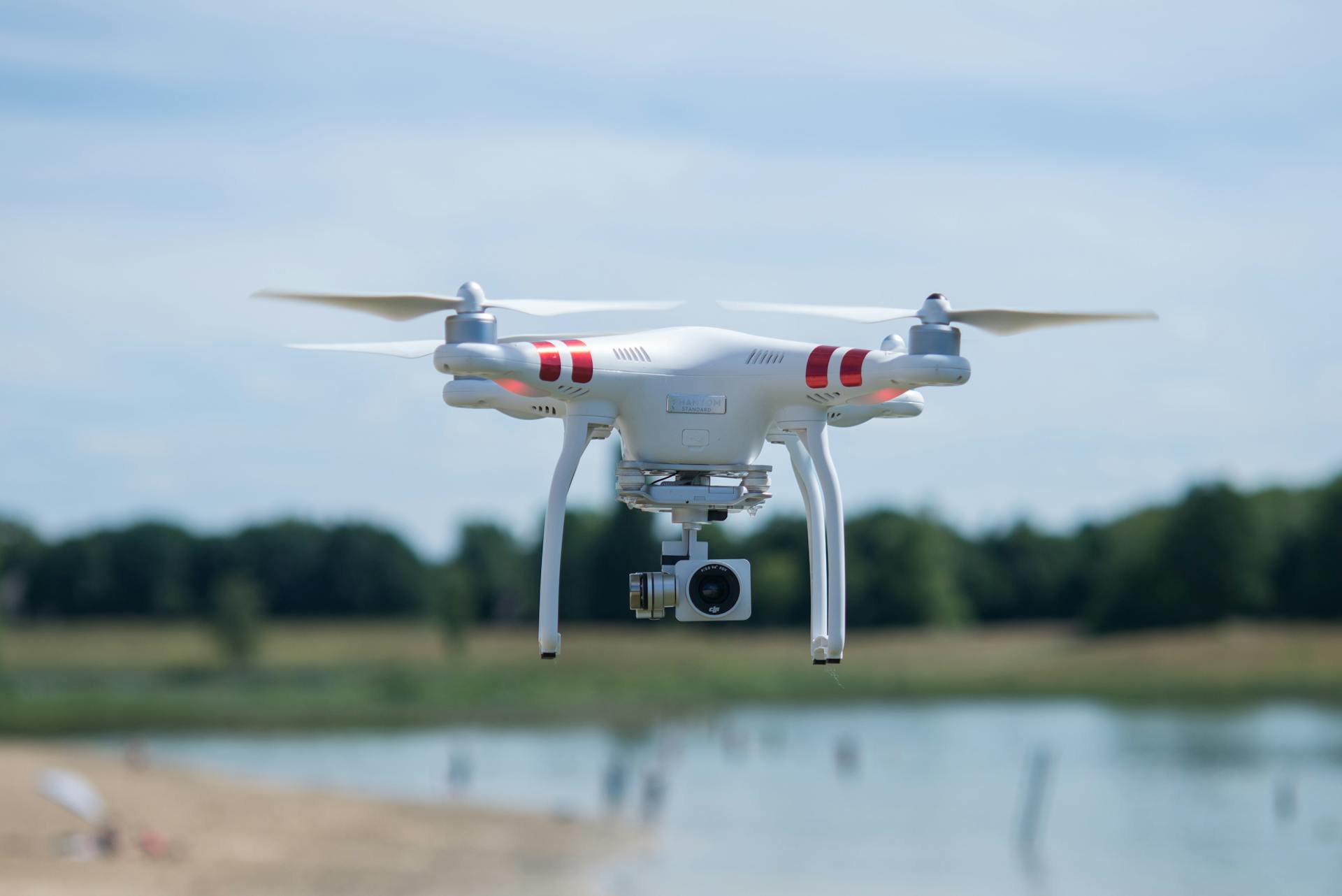
The United Arab Emirates Air Force signed a deal for an unspecified number of Predators, with deliveries planned to begin in mid-2016. General Atomics stated in 2017 that all deliveries had been completed, but they didn't specify how many aircraft were involved.
The United States Air Force was the primary operator of the MQ-1, but they officially retired the aircraft in 2018. However, one MQ-1B remains active as of 2023.
For more insights, see: Aircraft Carrier Drone Force
Pakistan
In Pakistan, the U.S. Central Intelligence Agency allegedly operated drones out of Shamsi airfield from at least 2003 until 2011.
The MQ-1 Predator, fitted with Hellfire missiles, was used to kill a number of prominent al Qaeda operatives during this period.
On 13 January 2006, 18 civilians were unintentionally killed by the Predator, according to Pakistani authorities, who claimed the U.S. strike was based on faulty intelligence.
Yemen
Yemen was a significant location for Predator UAV operations. The first direct U.S. strike outside Afghanistan took place in Yemen on November 3, 2002, when a Hellfire missile was fired at a car, killing Qaed Salim Sinan al-Harethi, an al-Qaeda leader.
In 2004, the Australian Broadcasting Corporation's Foreign Correspondent program investigated this targeted killing and the evolving tactics in dealing with Al Qaeda inspired attacks. The report examined the tactics and countermeasures used by the U.S.
A Hellfire missile fired from an American UAV killed Anwar al-Awlaki, an American-citizen cleric and Al Qaeda leader, in Yemen on September 30, 2011. Samir Khan, an American born in Saudi Arabia, who was editor of al-Qaeda's English-language webzine, Inspire, was also killed.
On February 14, 2017, a United Arab Emirates UAV MQ-1B was shot down by Houthi anti-aircraft missile over Marib province. The Houthi forces also shot down a UAEAF MQ-1 drone of the Saudi-led Coalition in Al-Jawf province on February 25, 2022.
The Houthi fighters used an air-to-air missile (R-27T or R-73) with a modified land operator device to shoot down a United Arab Emirates MQ-1 Predator on May 14, 2019, during a night flight in Saana.
Worth a look: Drone Taking down Helicopter in Ukraine
Libya
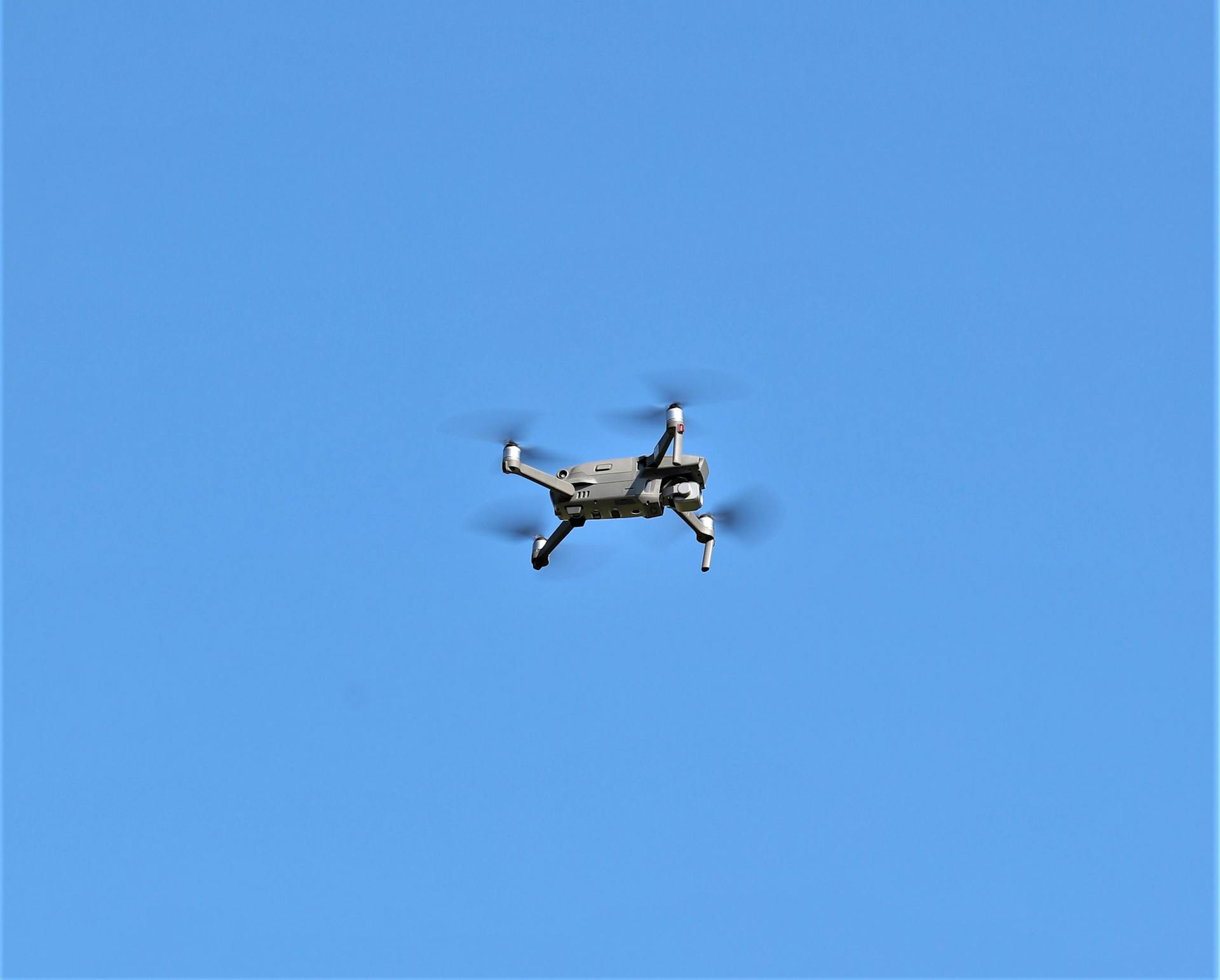
Libya has seen the deployment of U.S. Air Force MQ-1B Predators in Operation Unified Protector. They played a key role in reconnaissance and strike sorties.
In 2011, an MQ-1B Predator fired its first Hellfire missile on April 23, striking a BM-21 Grad. This marked a significant milestone in the conflict.
Predators returned to Libya in 2012, following the attack that killed the US Ambassador in Benghazi.
Iran
Iran operates a range of Sukhoi Su-25 attack aircraft, which have been involved in notable incidents with US drones.
On November 1, 2012, two Iranian Su-25s engaged an unarmed US Predator conducting routine surveillance over the Persian Gulf. The Su-25s made two passes at the drone firing their 30 mm cannon.
The US maintains that the Predator was over international waters, 16 miles away from Iran. Iran claims the drone entered its airspace, and its aircraft fired warning shots to drive it away.
Iran also operates F-4 Phantoms, one of which was involved in a close call with a US MQ-1 drone on March 12, 2013. The Iranian F-4 Phantom approached the drone, coming within 16 miles of it.
US fighters escorting the drone verbally warned the Iranian jet, causing it to break off. The US jet that forced the Iranian F-4 to break off was an F-22 Raptor.
If this caught your attention, see: Iran Drone Swarm
Other Users
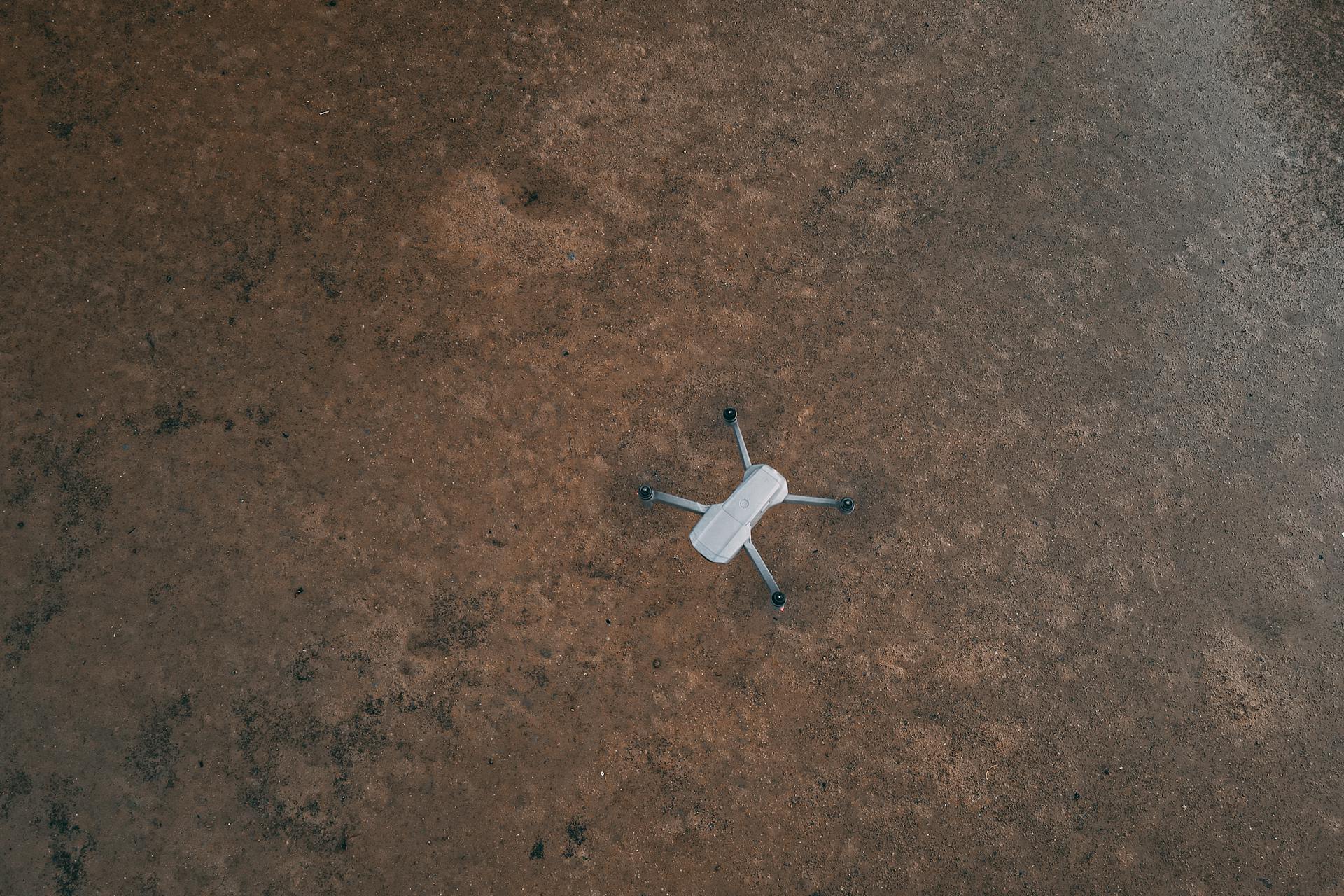
The Predator has been used by various countries and organizations beyond the United States Air Force. The Italian Air Force, for example, signed a contract for 6 version A Predators in July 2002, which were later upgraded to A+.
These Italian Predators were deployed in several missions, including in Iraq, Afghanistan, and Djibouti. In Iraq, they flew over 1,600 hours in the "Antica Babilonia" mission from January 2005 to November 2006.
The Italian Air Force also used their Predators in Afghanistan, flying over 6,000 hours in 750 missions from June 2007 to May 2011. They continued to operate Predators in Afghanistan until January 2014.
In Djibouti, the Italian Air Force deployed two Predator A+ systems in support of the EU's Atalanta mission and the EUTM mission in Somalia, with the first mission flying on August 9, 2014.
Here are some key statistics on the Italian Air Force's use of Predators:
Variants
The Predator system has undergone several variants over the years. The RQ-1A was the pre-production designation for the Predator system, which included four aircraft, a Ground Control Station (GCS), and a Predator Primary Satellite Link (PPSL).
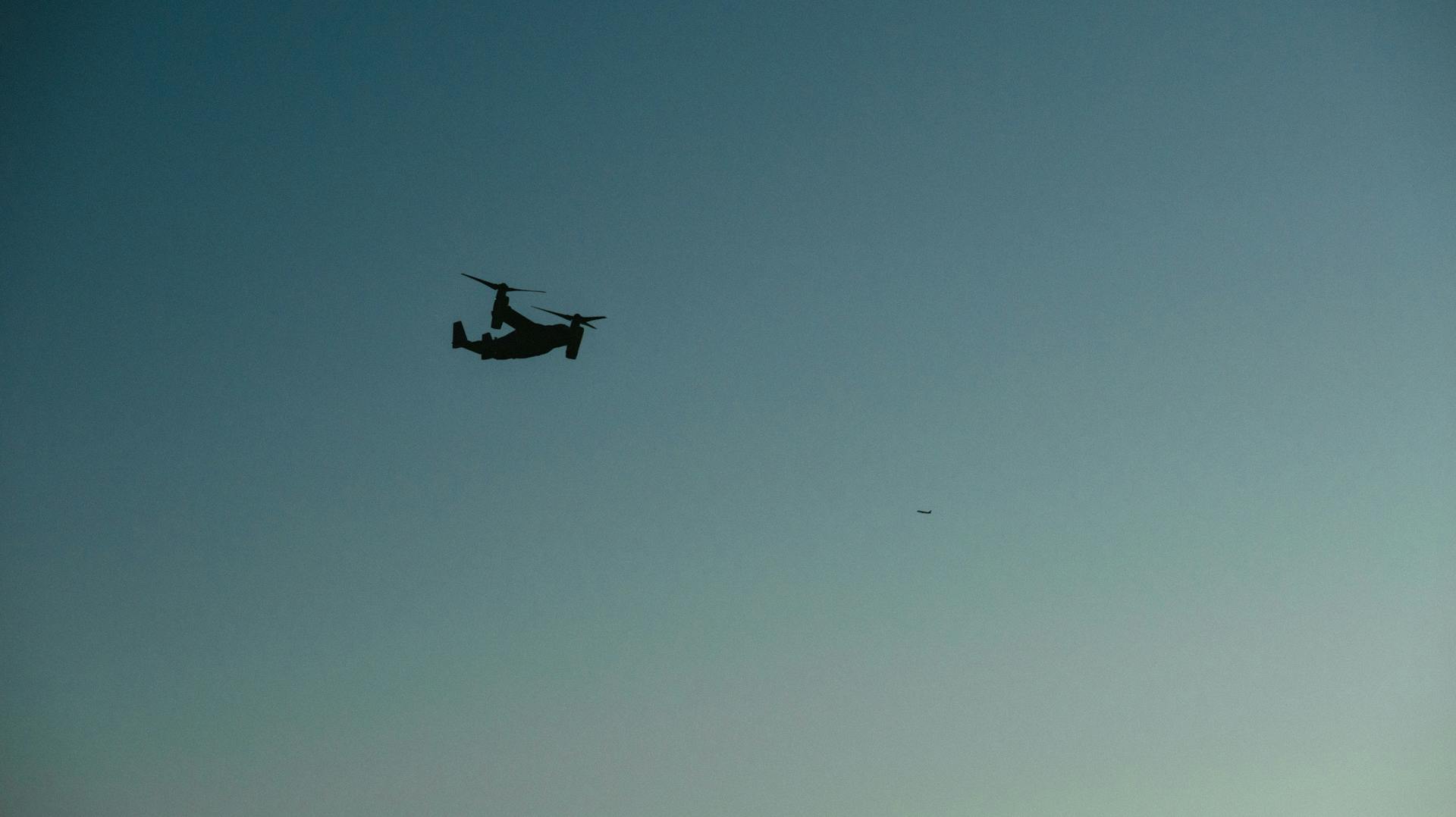
The MQ-1A Predator was an early airframe capable of carrying ordnance, such as the AGM-114 Hellfire ATGM or AIM-92 Stinger. The MQ-1B Predator was a later airframe also capable of carrying ordnance, with a modified antenna fit and enlarged dorsal and ventral air intakes.
Here are the main variants of the Predator system:
- RQ-1A: Pre-production designation for the Predator system
- RQ-1B: Production designation for the Predator UAV system
- MQ-1A: Early airframe capable of carrying ordnance
- MQ-1B: Later airframe capable of carrying ordnance
The MQ-1C 25M Gray Eagle is a variant of the Predator system, developed for the U.S. Army. It features an open architecture ground and aerial system, advanced datalinks, and an improved propulsion system.
The MQ-9A Block 5 configuration is designed to provide longer endurance and is equipped with full motion video and synthetic aperture radar/maritime radar/moving target indicator to provide continuous surveillance capability.
Former Operators
The former operators of the subject are a diverse group. The Italian Air Force retired from operating the subject on 19 December 2022.
The U.S. Army, specifically its RQ-1 variant, was also a former operator. The U.S. Customs and Border Protection and the Central Intelligence Agency were other notable operators.
Here's a list of some of the former operators:
- Italian Air Force (retired 19 December 2022)
- U.S. Army (RQ-1 variant)
- U.S. Customs and Border Protection
- Central Intelligence Agency
United Kingdom
The United Kingdom has been involved with the MQ-9 Reaper program since 2006, when they requested the foreign military sale (FMS) of two MQ-9 Reaper systems with Lynx SAR, multi-spectral targeting systems and one ground station.
The Royal Air Force (RAF) deployed the MQ-9 Reaper system in Afghanistan in November 2007, marking the beginning of the UK's involvement with the program.
Broaden your view: Unmanned Aerial Systems Companies
United States
The United States has been a significant operator of the Predator UAV system. The US Air Force has operated a large fleet of MQ-1 Predators, with 268 delivered between 2001 and 2011. The Italian Air Force has also operated the Predator, with six UAVs delivered between 2005 and 2015.
The US Air Force has operated the MQ-1 from several bases, including Cannon Air Force Base, Creech Air Force Base, and Ellington Field. The 3d Special Operations Squadron at Cannon Air Force Base was the largest Predator squadron in the US Air Force.
For your interest: Us Military Drone Command
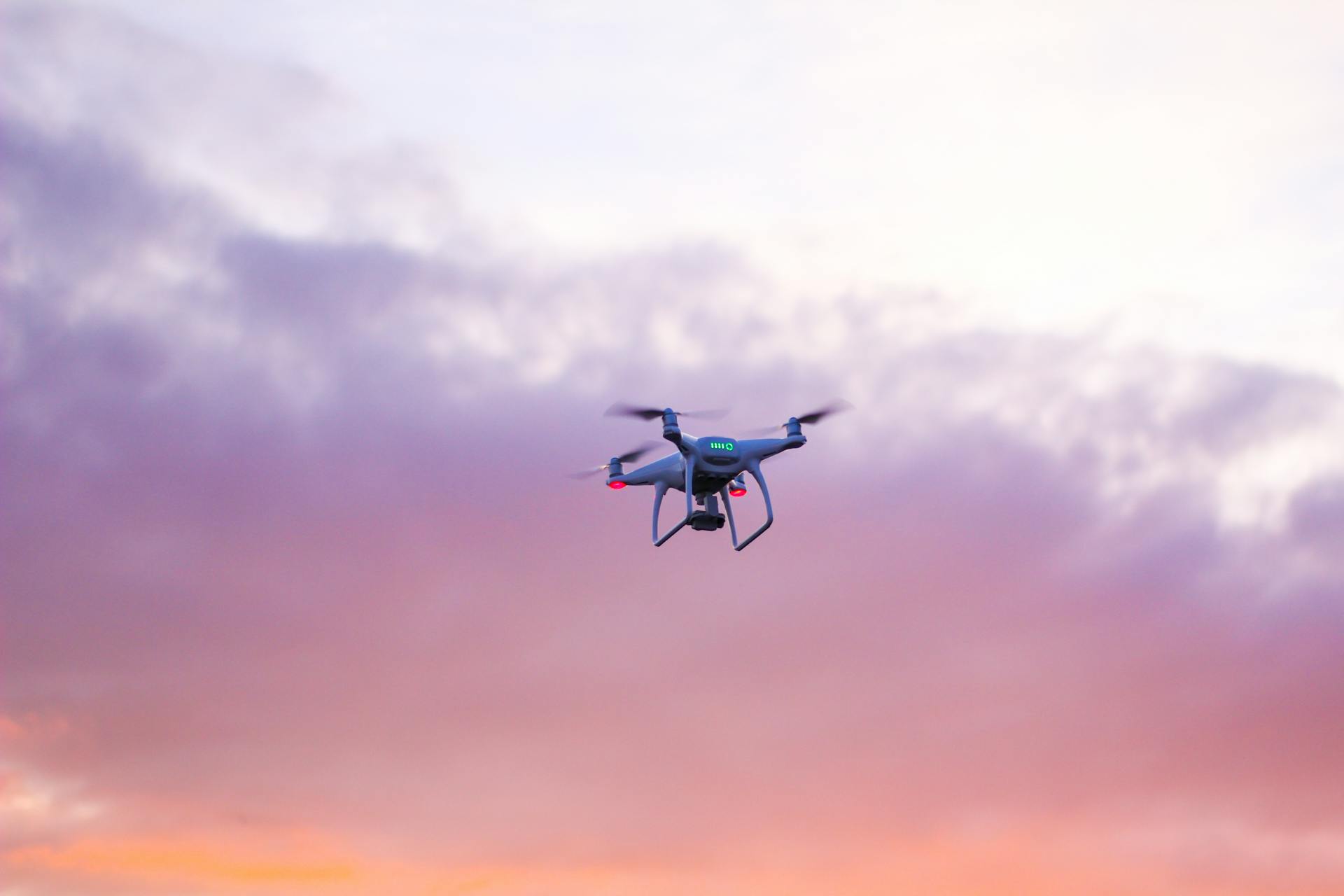
Here are some notable MQ-1 Predators on display in the United States:
- 94-3009 – RQ-1K on static display at the National Museum of the United States Air Force in Dayton, Ohio.
- 95-3013 – RQ-1K on static display at Goodfellow Air Force Base in San Angelo, Texas.
- 95-3018 – RQ-1K is on static display at the San Diego Air & Space Museum in San Diego, California.
- 97-3034 – MQ-1L on static display at the Steven F. Udvar-Hazy Center of the National Air and Space Museum in Chantilly, Virginia.
- 00-3067 – MQ-1B on static display at the Pima Air & Space Museum in Tucson, Arizona.
- 00-3069 – MQ-1B is on static display at the Hiller Aviation Museum in San Carlos, California.
- 03-33116 – MQ-1B on static display at the Hill Aerospace Museum in Roy, Utah.
- 05-3138 – MQ-1B on static display at the Aviation Unmanned Vehicle Museum in Caddo Mills, Texas.
- 05-3144 – MQ-1B on static display at the March Field Air Museum in Riverside, California.
- 07-3185 – MQ-1B on static display at the Lone Star Flight Museum in Houston, Texas.
- An MQ-1 is on static display at the Fargo Air Museum in Fargo, North Dakota.
- An MQ-1 is on static display at the Palm Springs Air Museum in Palm Springs, California.
Specifications and Details
The Predator drone aircraft has a number of impressive specifications.
The air vehicle is a mid-wing monoplane with a slender fuselage housing the payload and fuel, a high aspect ratio wing, and inverted-V tails. It has a length of 27 ft 0 in (8.23 m) and a wingspan of 48 ft 7 in (14.8 m). The Predator weighs 1,130 lb (513 kg) when empty and 2,249 lb (1,020 kg) when fully loaded.
The Predator's powerplant is a 1 × Rotax 914F 4-cylinder air-cooled turbocharged horizontally-opposed piston engine, producing 115 hp (86 kW). The aircraft has a maximum speed of 117 kn (135 mph, 217 km/h) and a cruise speed of 70 kn (81 mph, 130 km/h) to 90 kn (100 mph; 170 km/h).
The Predator can carry a payload of 204kg (450lb), which includes electro-optical and infrared cameras, a synthetic aperture radar, and other sensors. The aircraft has a range of 675 nmi (777 mi, 1,250 km) and an endurance of 24 hours, making it a valuable asset for reconnaissance and surveillance missions.
Additional reading: Military Drone Speed
Specifications
The Predator unmanned aerial vehicle (UAV) has a number of impressive specifications that make it a valuable asset for military and surveillance operations.
The Predator system is composed of three main parts: the air vehicle, the ground control station, and the product or data dissemination system.
The air vehicle is a mid-wing monoplane with a slender fuselage housing the payload and fuel, a high aspect ratio wing, and inverted-V tails. It requires a 5,000 by 125 feet hard surface runway for takeoff and landing.
The Predator air vehicle can be broken down into six primary parts and packed into a container known as the "coffin." This makes it easy to transport and deploy the system in different locations.
The sensors on the Predator include an electro-optic/infrared (EO/IR) Versatron Skyball Model 18 with a zoom lens and a spotter lens, and a Westinghouse 783R234 synthetic aperture radar (SAR). These sensors provide high-quality imagery and radar data for surveillance and targeting purposes.
If this caught your attention, see: Wing Delivery Drones

Here are the key specifications of the Predator air vehicle:
The Predator's satellite communication system, known as the Trojan Spirit II, is a key component of the system, allowing for secure communication and data transmission over long distances.
Notes
The US military has a complex system of designations for its unmanned aerial vehicles (UAVs). USAAF/USAFUAV designations were used from 1924-1962, and tri-service designations have been used since 1962.
The USAAF used specific designations for different types of UAVs, including controllable bombs, target control aircraft, subscale aerial targets, and full-scale aerial targets. These designations were used until 1947.
In 1948, the USAF took over and introduced its own designations for UAVs. However, the exact designations used during this period are not specified in the article.
Since 1962, the US military has used tri-service designations for its UAVs. These designations are divided into two main series: the main series and non-sequential designations.
Here's a breakdown of the designations used by the US military over the years:
The US military has also used UAVs for various purposes, including reconnaissance, signals intelligence, and combat operations.
MQ-1/9 Payload Details
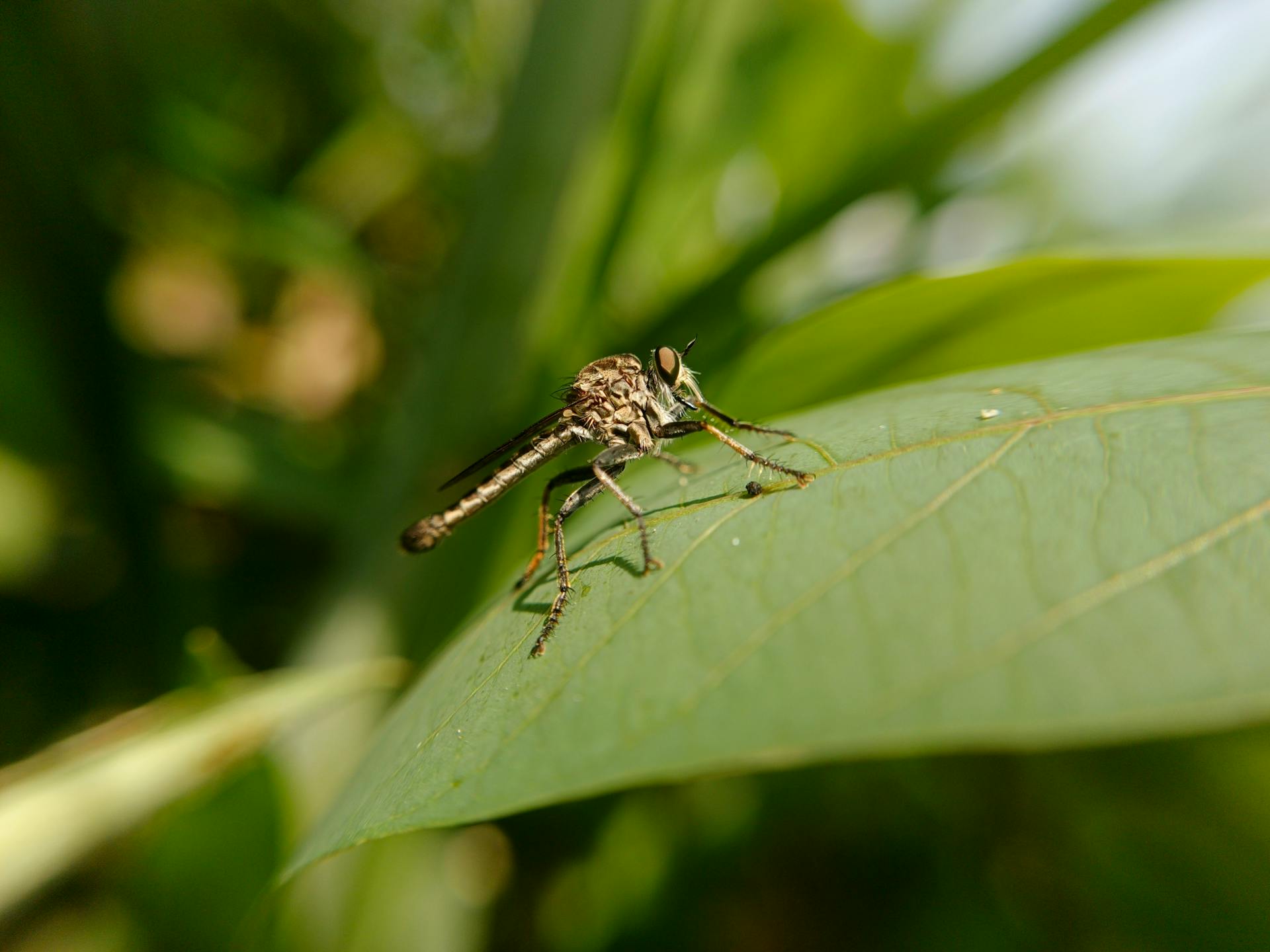
The MQ-1/9 Predator's payload capacity is impressive, weighing in at 204kg (450lb) and capable of carrying a variety of sensors and cameras.
The vehicle is equipped with electro-optical and infrared cameras, as well as a synthetic aperture radar, providing all-weather surveillance capability.
The MQ-1/9 Predator's FLIR has six fields of view, ranging from 19mm to 560mm, allowing for high-resolution imaging in a variety of situations.
The Raytheon multi-spectral targeting system (MTS-A) is a key component of the MQ-1/9 Predator's payload, providing real-time imagery and laser designation capability.
The MQ-1 can employ two laser-guided Hellfire anti-armour missiles with the MTS-A, making it a formidable asset on the battlefield.
The Northrop Grumman TESAR synthetic aperture radar has a resolution of 0.30m (1ft), making it an extremely accurate sensor.
Other payload options include a laser designator and rangefinder, electronic support and countermeasures, and a moving target indicator (MTI), which can be selected to meet mission requirements.
Frequently Asked Questions
What is the difference between the Reaper drone and the predator drone?
The main difference between the Reaper drone and the Predator drone is the Reaper's significantly more powerful turboprop engine, which provides a major boost in capabilities. This upgrade allows the Reaper to carry out more complex missions than its predecessor.
What replaced the predator drone?
The MQ-9 Reaper replaced the MQ-1 Predator drone in 2018, offering improved speed, sensors, and payload capacity. The Reaper's advanced capabilities made it a suitable successor to the Predator.
What is the Predator military drone?
The Predator is a military drone used for intelligence collection and targeting enemy assets. It's a remotely piloted aircraft designed for long-endurance flights.
What is a Predator in the military?
The Predator is a remotely piloted aircraft system used by the military for 24-hour missions. It consists of multiple aircraft, ground control, and support crews, designed for sensor and weapon operations.
Sources
- https://airandspace.si.edu/stories/editorial/predator-drone-transformed-military-combat
- https://irp.fas.org/program/collect/predator.htm
- https://armyrecognition.com/military-products/air/unmanned-aircraft-system/mq-1-predator
- https://www.airforce-technology.com/projects/predator-uav/
- https://en.wikipedia.org/wiki/General_Atomics_MQ-1_Predator
Featured Images: pexels.com
